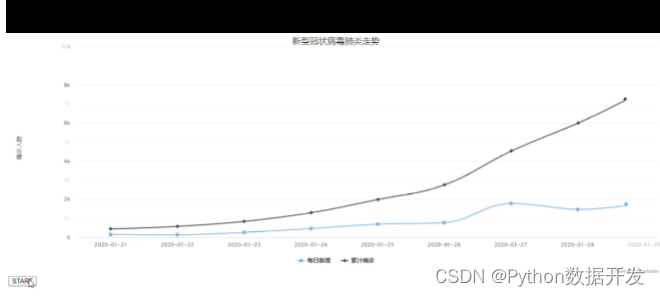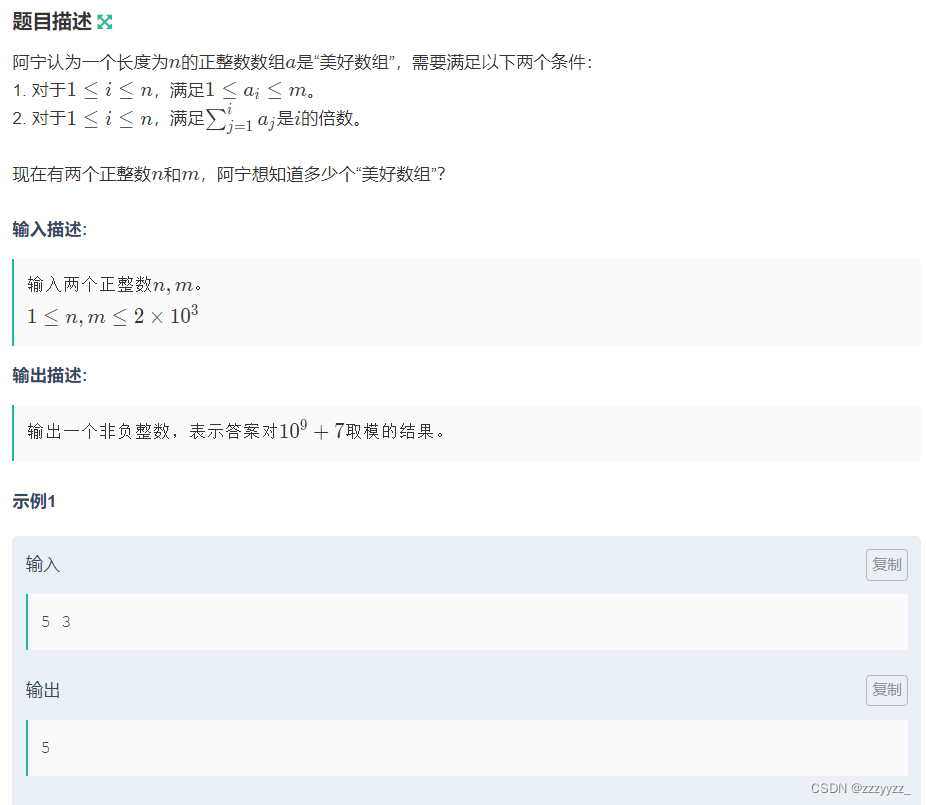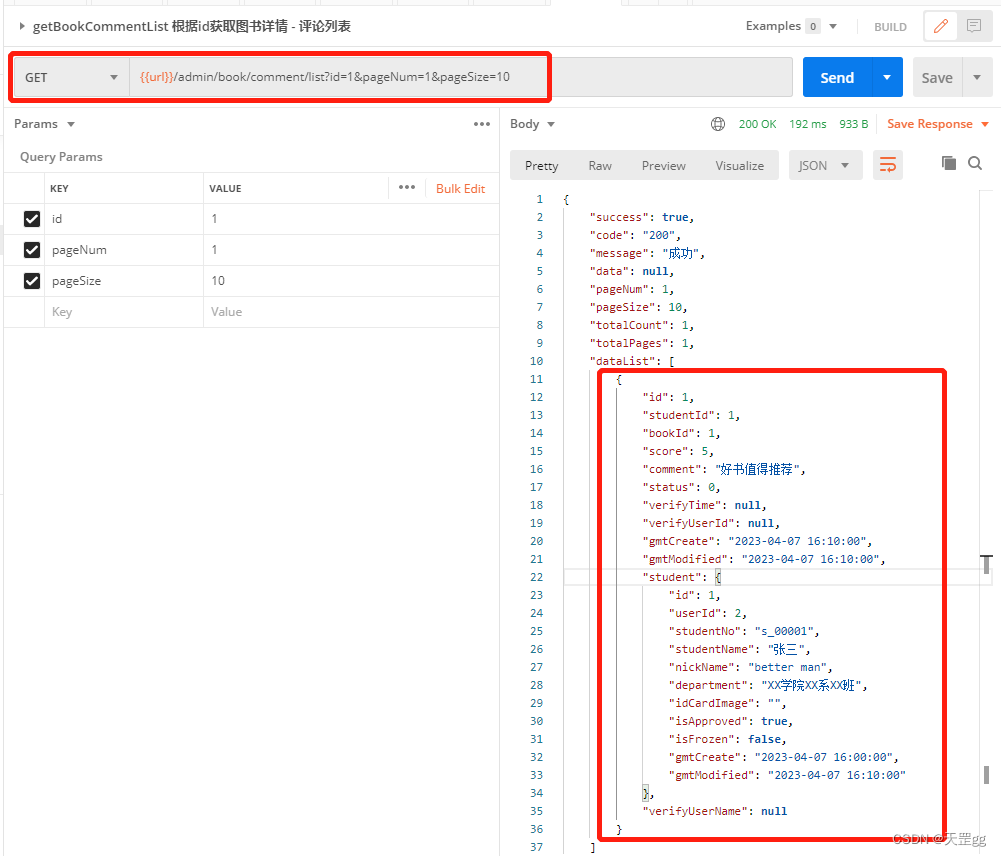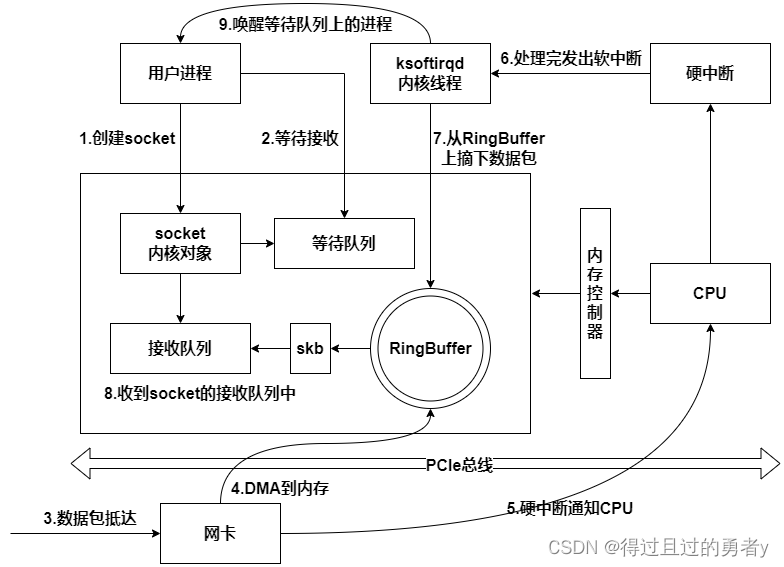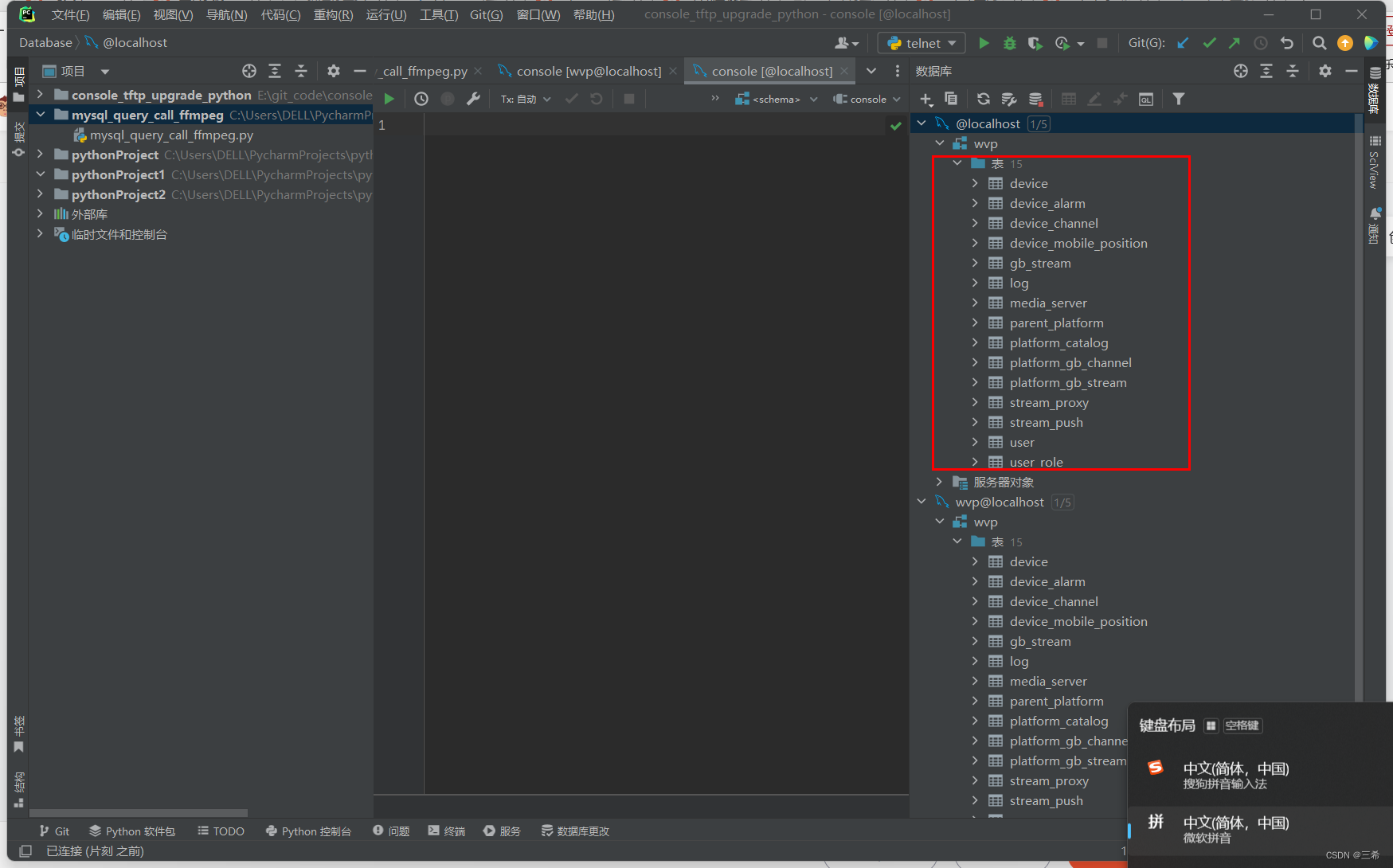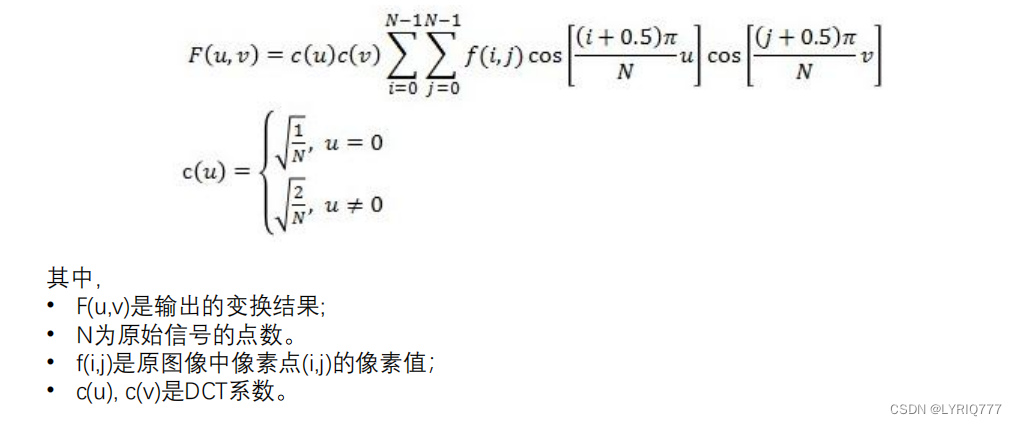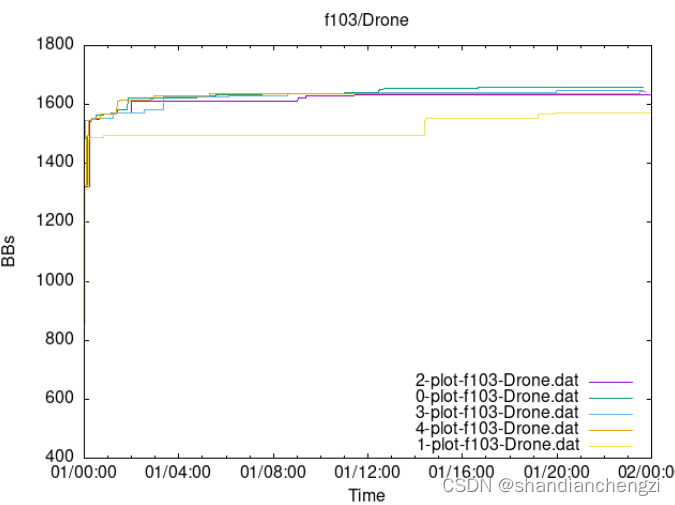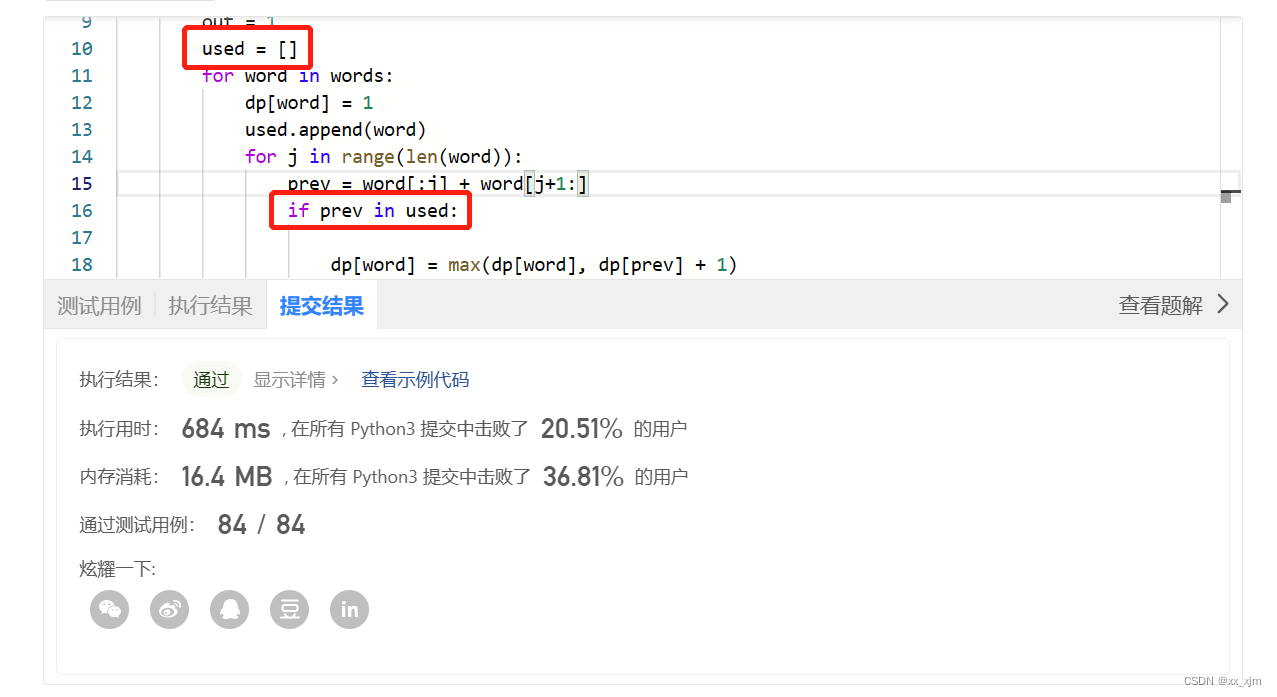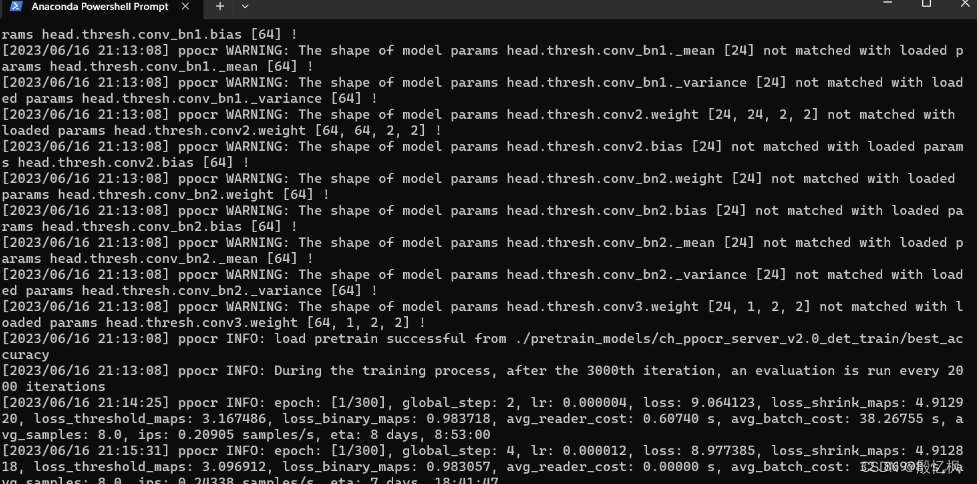235. 二叉搜索树的最近公共祖先
给定一个二叉搜索树, 找到该树中两个指定节点的最近公共祖先。
百度百科中最近公共祖先的定义为:“对于有根树 T 的两个结点 p、q,最近公共祖先表示为一个结点 x,满足 x 是 p、q 的祖先且 x 的深度尽可能大(一个节点也可以是它自己的祖先)。”
例如,给定如下二叉搜索树: root = [6,2,8,0,4,7,9,null,null,3,5]

示例 1:
输入: root = [6,2,8,0,4,7,9,null,null,3,5], p = 2, q = 8
输出: 6
解释: 节点 2 和节点 8 的最近公共祖先是 6。
示例 2:
输入: root = [6,2,8,0,4,7,9,null,null,3,5], p = 2, q = 4
输出: 2
解释: 节点 2 和节点 4 的最近公共祖先是 2, 因为根据定义最近公共祖先节点可以为节点本身。
说明:
- 所有节点的值都是唯一的。
- p、q 为不同节点且均存在于给定的二叉搜索树中。
示例 1:
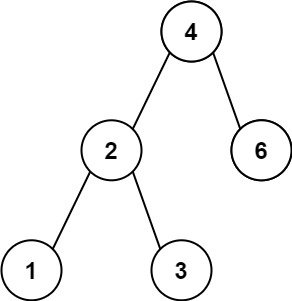
输入:root = [4,2,6,1,3]
输出:1
示例 2:

输入:root = [1,0,48,null,null,12,49]
输出:1
迭代
- 二叉搜索树确定了搜索的方向
class Solution {
public TreeNode lowestCommonAncestor(TreeNode root, TreeNode p, TreeNode q) {
if(root == null) return null;
TreeNode cur = root ;
while(cur != null){
if(cur.val > p.val && cur.val > q.val) {
//搜索左子树
cur = cur.left;
}else if(cur.val < p.val && cur.val < q.val) {
//搜索右子树
cur = cur.right;
}else{
return cur;
}
}
return null;
}
}
递归
- 根据搜索值得大小确定搜索的方向
class Solution {
public TreeNode lowestCommonAncestor(TreeNode root, TreeNode p, TreeNode q) {
//终止条件
if(root == null) return null;
//单层遍历逻辑
if(root.val > p.val && root.val > q.val){
//向左搜索
TreeNode left = lowestCommonAncestor(root.left , p , q );
if(left != null) return left;
}
if(root.val < p.val && root.val<q.val){
//向右搜索
TreeNode right = lowestCommonAncestor(root.right , p ,q);
if(right != null) return right;
}
return root;
}
}
701 二叉搜索树中的插入操作
给定二叉搜索树(BST)的根节点 root 和要插入树中的值 value ,将值插入二叉搜索树。 返回插入后二叉搜索树的根节点。 输入数据 保证 ,新值和原始二叉搜索树中的任意节点值都不同。
注意,可能存在多种有效的插入方式,只要树在插入后仍保持为二叉搜索树即可。 你可以返回 任意有效的结果 。
示例 1:

输入:root = [4,2,7,1,3], val = 5
输出:[4,2,7,1,3,5]
解释:另一个满足题目要求可以通过的树是:
示例 2:
输入:root = [40,20,60,10,30,50,70], val = 25
输出:[40,20,60,10,30,50,70,null,null,25]
示例 3:
输入:root = [4,2,7,1,3,null,null,null,null,null,null], val = 5
输出:[4,2,7,1,3,5]
提示:
- 树中的节点数将在
[0, 104]的范围内。 -108 <= Node.val <= 108- 所有值
Node.val是 独一无二 的。 -108 <= val <= 108- 保证
val在原始BST中不存在
迭代
class Solution {
public TreeNode insertIntoBST(TreeNode root, int val) {
if(root == null) return new TreeNode(val);
//迭代
TreeNode pre = null ,cur = root ;
while(cur != null) {
pre = cur ;
if(cur.val > val){
cur = cur.left;
}else{
cur = cur.right;
}
}
//循环结束后,pre是待插入节点的父节点
if(pre.val > val){
pre.left = new TreeNode(val);
}else{
pre.right = new TreeNode(val);
}
return root ;
}
}
递归
class Solution {
public TreeNode insertIntoBST(TreeNode root, int val) {
// 如果根节点为空,则将该节点作为根节点插入
if(root == null) {
return new TreeNode(val);
}
// 如果要插入的节点的值小于当前节点的值,则将该节点插入当前节点的左子树中
if(val < root.val) {
root.left = insertIntoBST(root.left, val);
}
// 如果要插入的节点的值大于当前节点的值,则将该节点插入当前节点的右子树中
else if(val > root.val) {
root.right = insertIntoBST(root.right, val);
}
return root;
}
}
450.删除二叉搜索树的节点
给定一个二叉搜索树的根节点 root 和一个值 key,删除二叉搜索树中的 key 对应的节点,并保证二叉搜索树的性质不变。返回二叉搜索树(有可能被更新)的根节点的引用。
一般来说,删除节点可分为两个步骤:
- 首先找到需要删除的节点;
- 如果找到了,删除它。
示例 1:

输入:root = [5,3,6,2,4,null,7], key = 3
输出:[5,4,6,2,null,null,7]
解释:给定需要删除的节点值是 3,所以我们首先找到 3 这个节点,然后删除它。
一个正确的答案是 [5,4,6,2,null,null,7], 如下图所示。
另一个正确答案是 [5,2,6,null,4,null,7]。
示例 2:
输入: root = [5,3,6,2,4,null,7], key = 0
输出: [5,3,6,2,4,null,7]
解释: 二叉树不包含值为 0 的节点
示例 3:
输入: root = [], key = 0
输出: []
提示:
- 节点数的范围
[0, 104]. -105 <= Node.val <= 105- 节点值唯一
root是合法的二叉搜索树-105 <= key <= 105
递归
- 找到删除节点时,判断终止条件
- 当前节点为空,返回空
- 当前节点不为空,根据待删除节点的左右子节点是否为空,分四种情况
- 左右子节点都不为空时,将左子节点移动到右子节点的最小左子节点上即可
class Solution {
public TreeNode deleteNode(TreeNode root, int key) {
//终止条件1
if(root == null) {
return null;
}
//终止条件2,分四种情况
if(root.val == key){
//1.左右子树都为空
if (root.left == null && root.right == null) {
return null;
}
//2.左子树不为空,右子树为空
if(root.left != null && root.right == null){
return root.left ;
}
//3.左子树为空,右子树不为空
if (root.right != null && root.left == null) {
return root.right ;
}
//4.左右子树都存在
if(root.left != null && root.right != null){
//此处将左子树移动到右子树的“最左子树”上,保证二叉搜索树的特征,
//找到删除节点的右子树的最小左子树
TreeNode cur = root.right;
while(cur.left != null){
//找到最左叶子节点
cur = cur.left;
}
cur.left = root.left;
return root.right ;
}
}
if(key < root.val){
root.left = deleteNode(root.left,key);
}else{
root.right = deleteNode(root.right,key);
}
return root;
}
}

